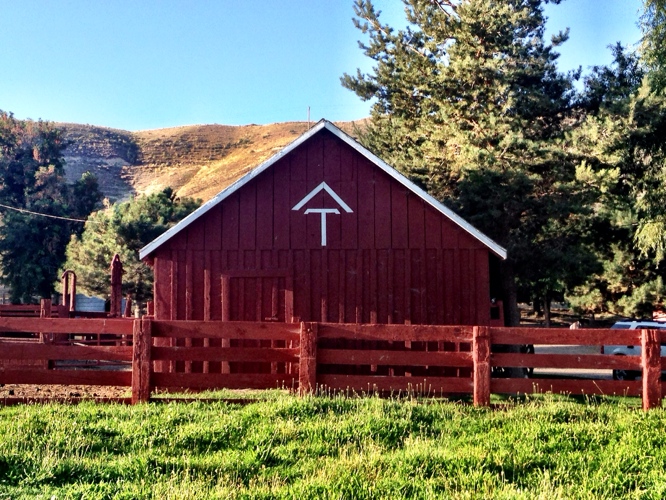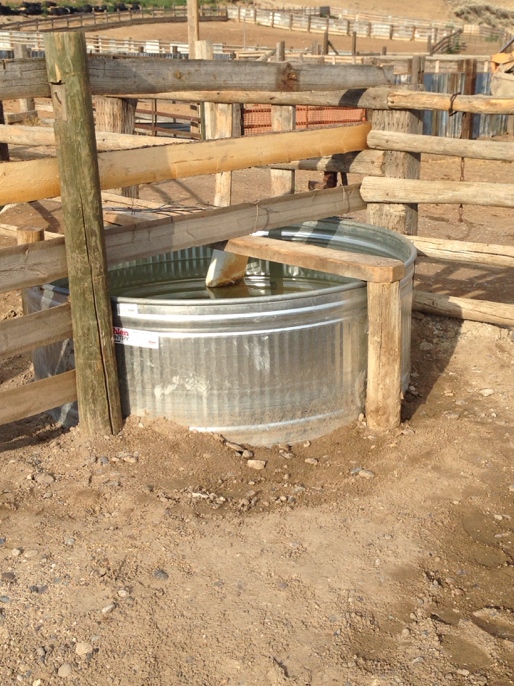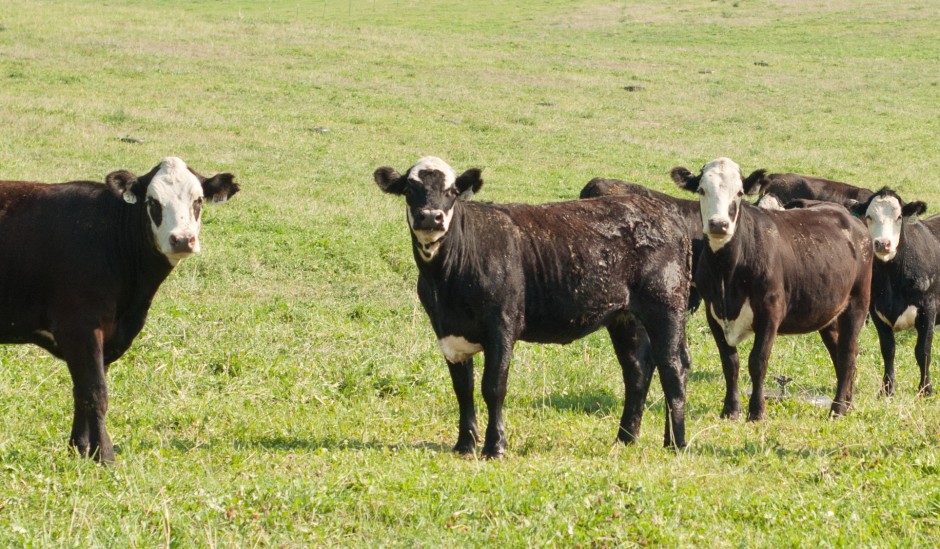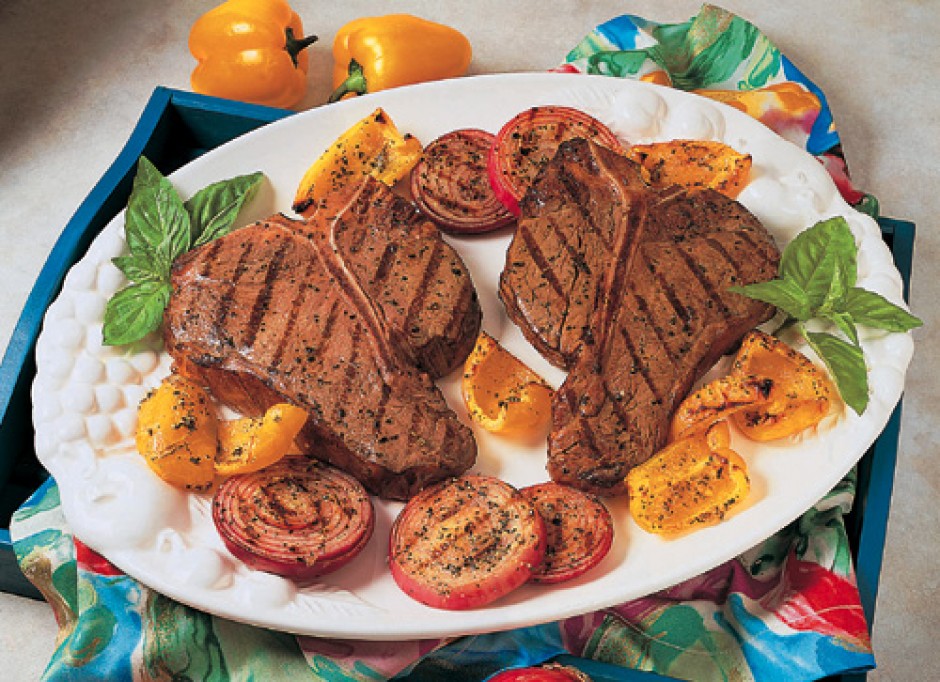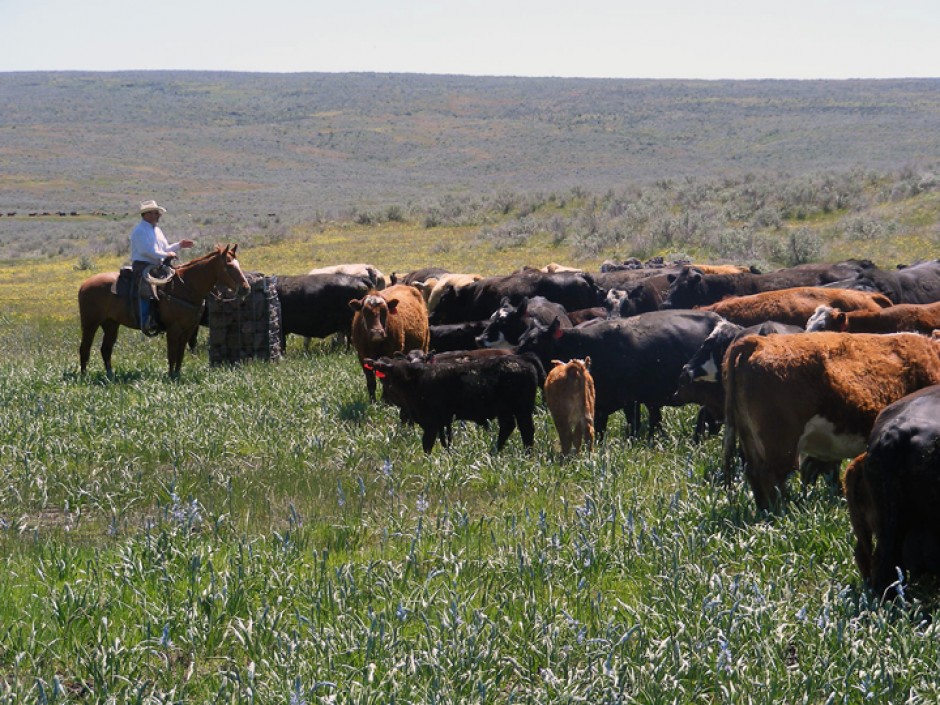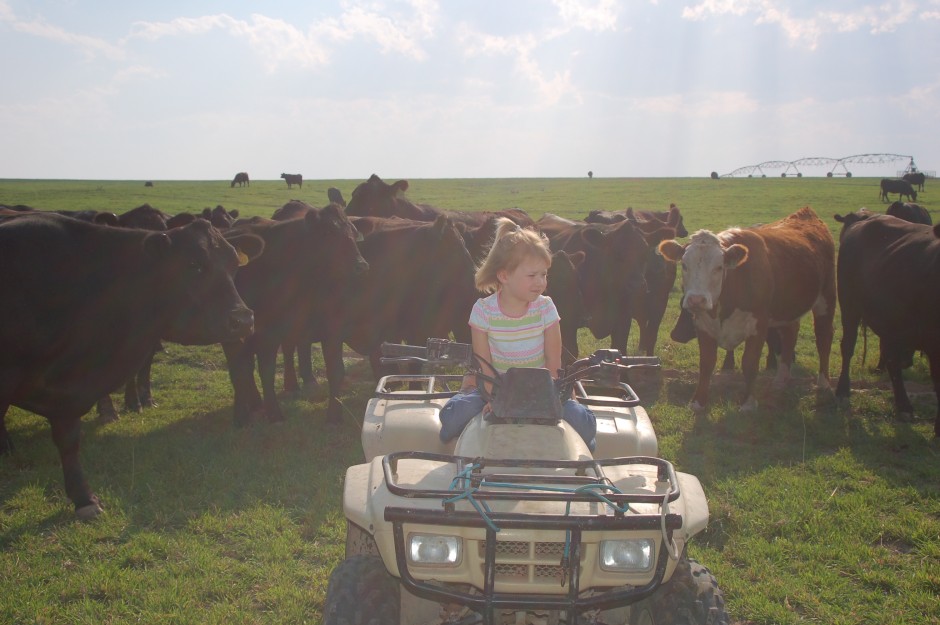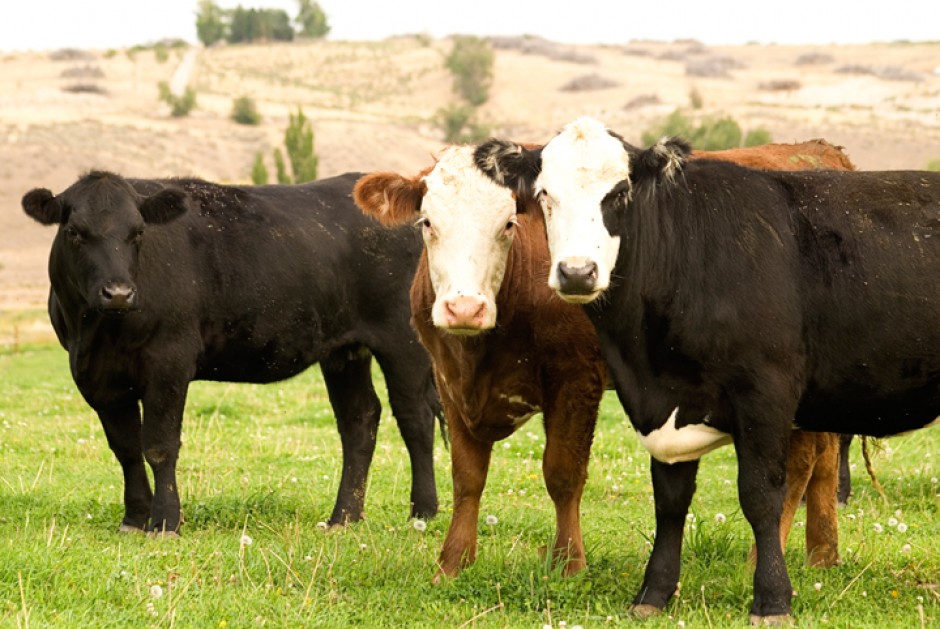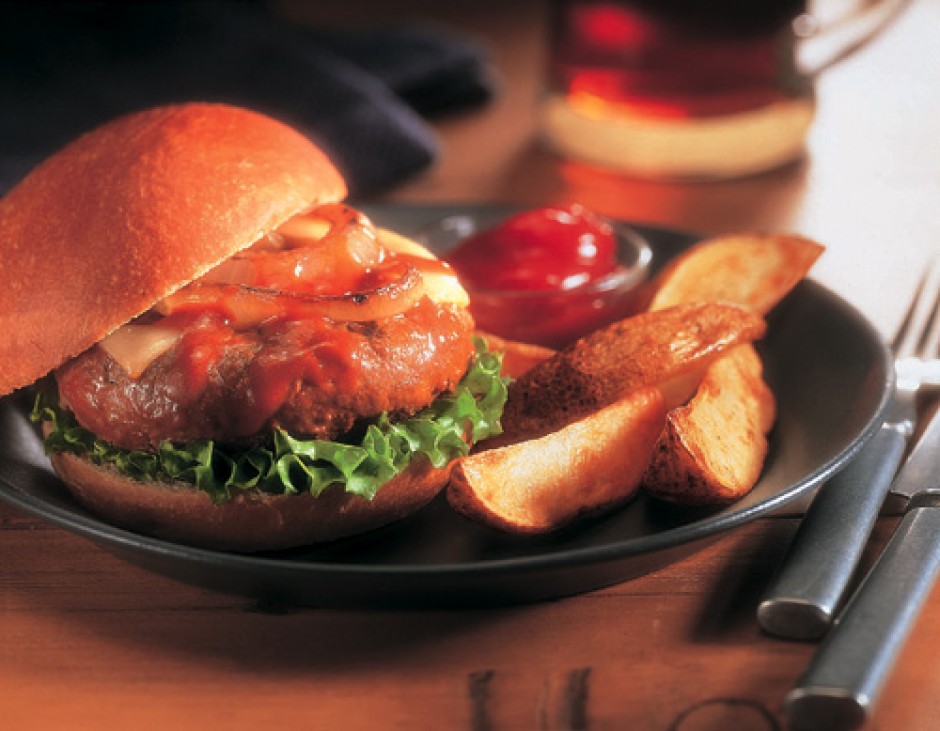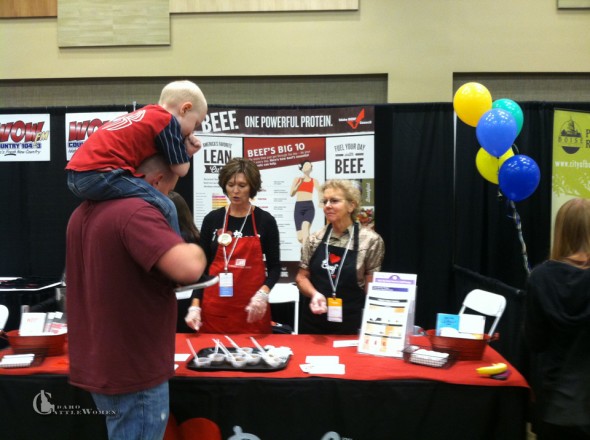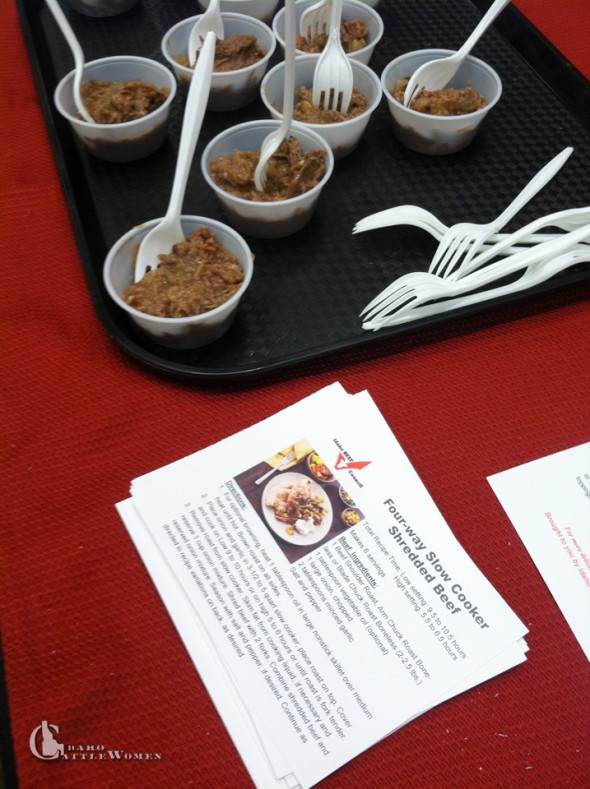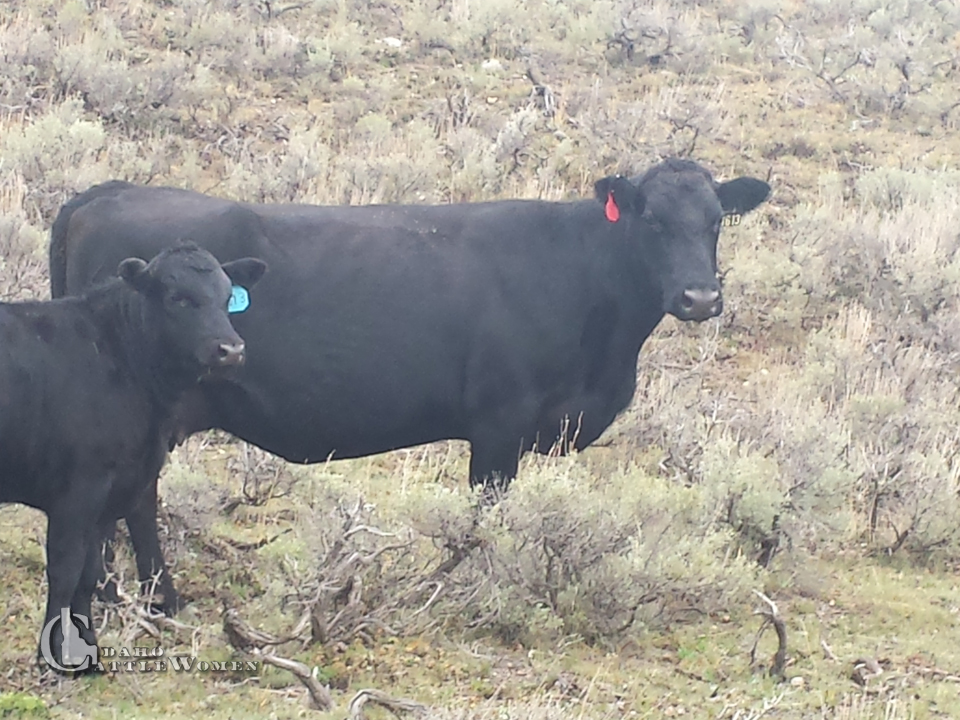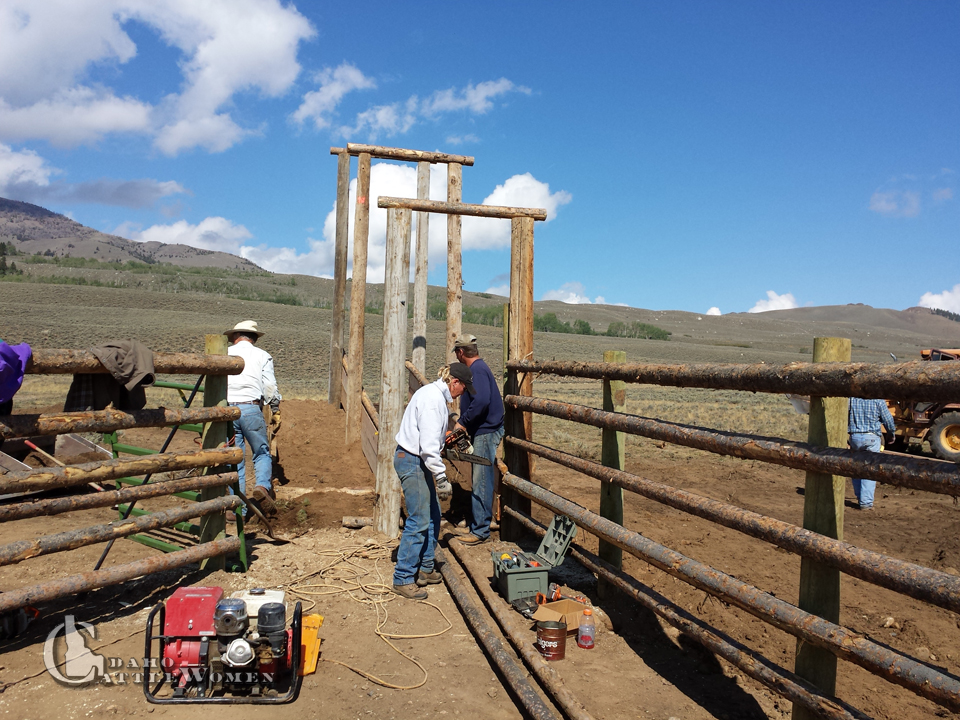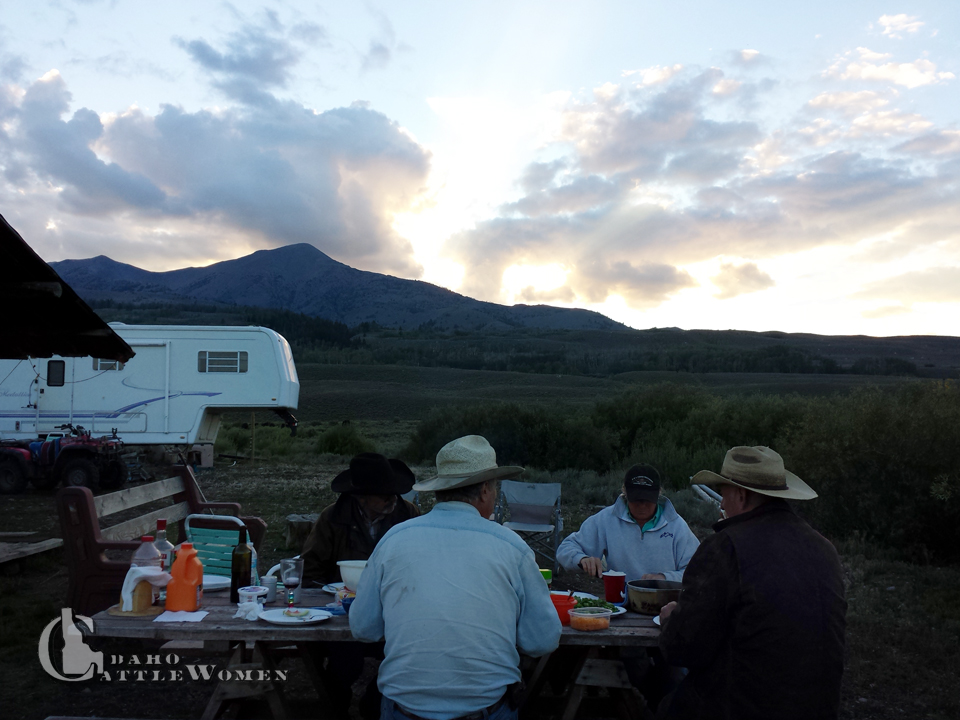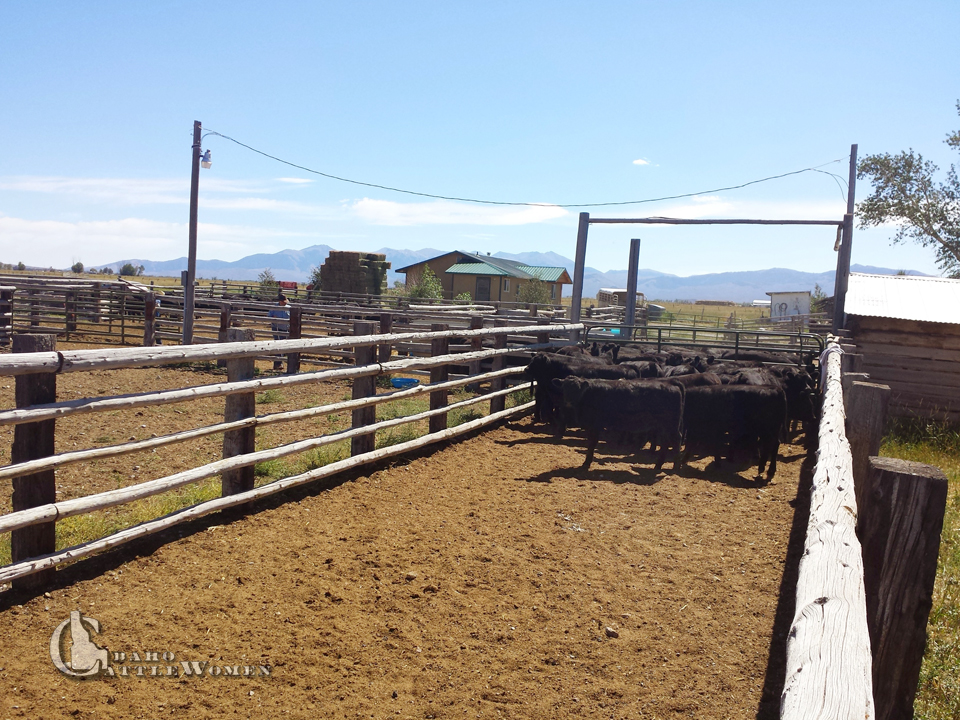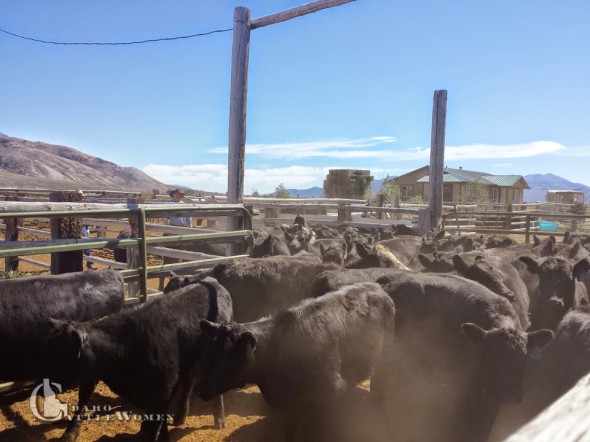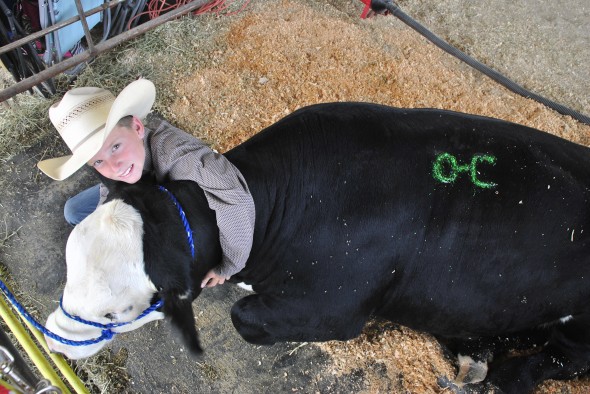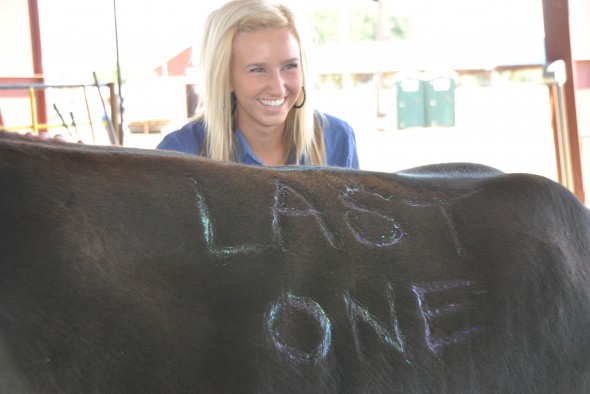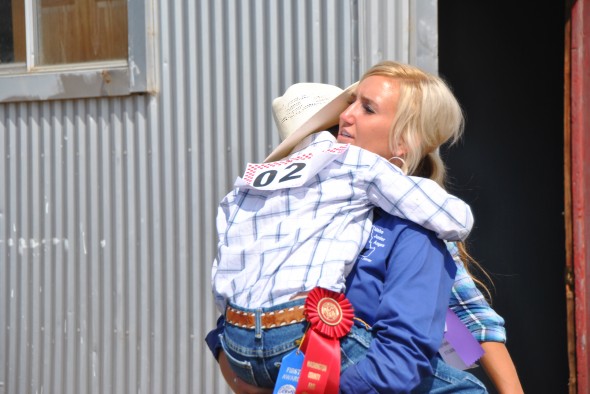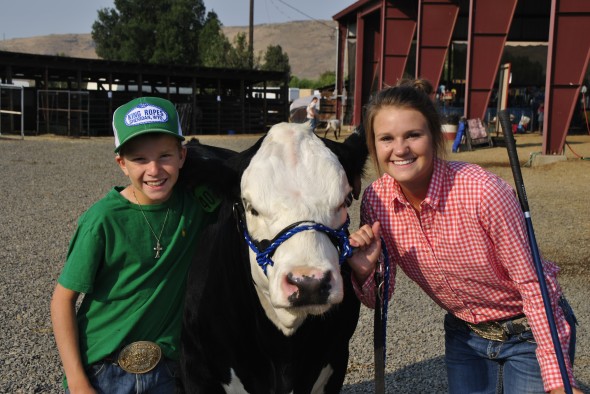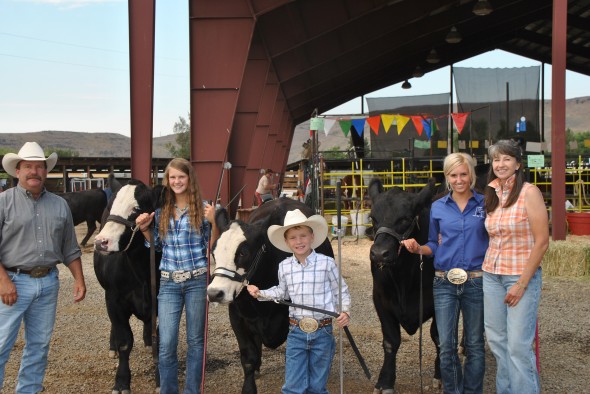
Fall means so many things- back to school, crisp mornings, Friday night football games, and some beautiful new colors. At my house it also means its harvest time! We take whatever we can get and either can it or freeze it. We don’t do anything too crazy, but maybe some day I’ll get a little wild!
The craziest we got this year was picking some plums for plum jelly. Actually, a LOT of plums. We have a beautiful little plum tree on the ranch, but after an unfortunate meeting with Grandpa, it doesn’t produce well… or like at all. A few years ago I got a few and was TICKLED to make plum jelly. Unfortunately my blonde hair got the better of me and I was so distracted that the juice scorched and was ruined! No plum jelly… Ever since then I have been dying to make some.
To my delight, there was a friend of a friend (I’ll spare you the details of the connections…) that has a plum tree and asked my mother-in-law and I to come pick them. She pretty well said to pick them all and then dig up the tree and bring it too! I got the feeling she wasn’t too thrilled to have the plum tree in her yard… So we did. We picked and picked and picked. And I might have even shook that little tree just to make the ones on the top come down. We went home with close to 18 gallons of plums! Needless to say, we stopped by the grocery store to stock up on jelly ingredients!
Have you done jelly before? I hadn’t before this little excursion. I usually stick to the tried and true strawberry freezer jam my family loves. I knew it was simple, but I didn’t realize just how simple. Before I share our jelly recipe there are two things you gotta know about this cook- first that you can find this recipe with your pectin… that’s all I did! And second- I don’t always follow the rules. Yes, sometimes it’s to my detriment, but for the most part it works out great!
Ready to “make” some plum jelly?
Step 1- Pick plums… duh… I don’t recommend doing it in the middle of a thunder storm. There might be a crack and a flash all at once while your standing on an aluminum ladder under a tree… Probably not the best choice…
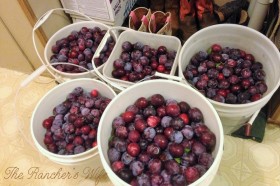
Step 2- Wash the plums… kinda self-explanatory.
Step 3- This is one of those times that I went my own way. I borrowed all the juicers of the valley (actually just from Grandma and mom-in-law) to do all the work for me. You just dump the plums in and as they heat up from the steam coming from the bottom, they release their juice. Awesome. Another way to do it (if you don’t have a juicer) is to cook the plums with some water and put the cooked fruit in some cheese cloth. And then squeeeeeze the fruit to get the juice out and let it drip for a while to get the last bits. I don’t really have the patience for that…
Step 4- Now that you have your delectable plum juice you can get to work on the jelly. Now, the instructions in your pectin packet will tell you NOT to double the recipe. I’m not giving you permission to break the rules, but just know that I did and it turned out fine, every time. If you are going to double it, get a big pot. Like maybe your canning pot. If not you will boil over and have a sticky mess. Learned that one from experience… Measure 5 1\2 cups of juice, pour into your pot and combine with one package of pectin powder. Bring the juice and pectin to a roaring boil (I know it is really a rolling boil, but doesn’t it sound like it is roaring?) while stirring all the time.
Small side note- you know how the saying goes that a watched pot never boils? How are ever supposed to get to boiling if you have to stir constantly? Ok, back to the jelly…
Step 5- Add 6 ½ cups of sugar to the juice and return to boiling. Still stirring, but maybe with your eyes closed so you don’t watch the pot…. Ok, not funny, I know…. Boil for two minutes and head to your jars to start filling them up… promptly. If you wait long, the jelly will begin to set a little. Scrape off the foam from the top of the jelly and then pour into the jars, leaving ¼ inch head space.
After filling all the jars, wipe the tops, put on hot lids and rings, and place in water boiler canner. Once the water has reached boiling temperatures, process for 5 minutes.
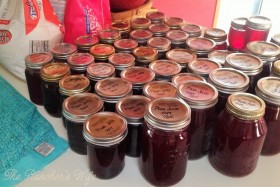
And Ta da! You have fresh plum jelly. Delicious, fresh plum jelly. In fact, you might want to go make some fresh bread to enjoy your delightful jelly (and not feel guilty eating the jelly straight from the jar!).
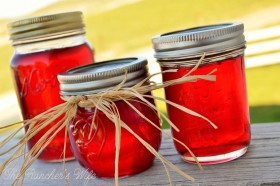
Fresh Plum Jelly
5 ½ C. Fresh plum juice
1 Pkg. (1 ¾ oz.) Powdered fruit pectin
6 ½ C. Sugar
Collect 5 ½ cups of plum juice from the plums, approximately 5 pounds. Combine juice and sugar in a large pot and bring to a boil while stirring constantly. Add sugar and return to boil while stirring. Boil for 2 minutes. Immediately remove from heat and spoon of froth. Pour jelly into prepared sterile jars, leaving ½ inch headspace. Clean off rims and adjust lids and rings. Place in hog water bath canner and cover with water. Bring to a boil and process for 5 minutes. Yields 6 pints.
Hi! I’m Allison. I’m a busy wife and mom of two, living life on the ranch in Holbrook, Idaho where our family raises Black Angus cattle. Growing up on a ranch, I always knew that I wanted to live this life and raise my family on the foundation of country living and hard work. Whenever I can, I gather my kids and my camera to head out to work with my husband. At the end of the day, there is nothing more than spending time with my family and sharing our ranch lifestyle. Come and see more of me at The Idaho Rancher’s Wife!
